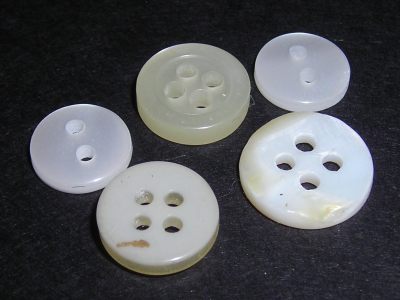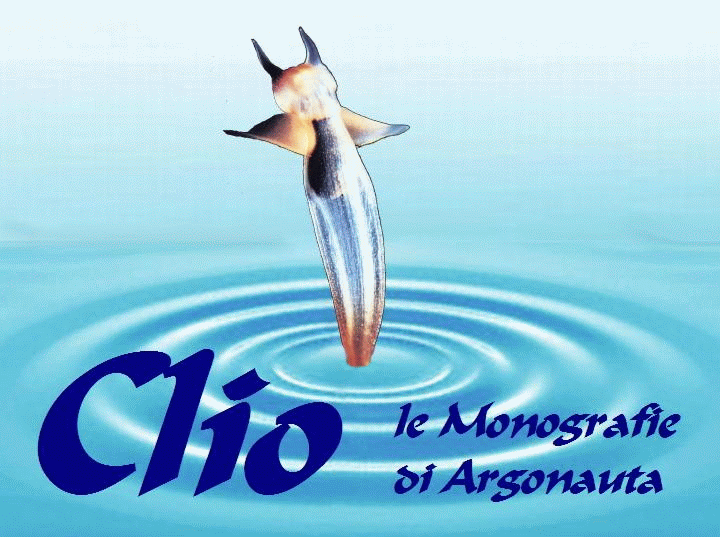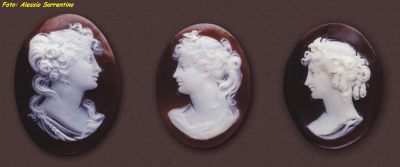Madreperla e perle
L'aspetto madreperlaceo tipico dell'interno di molte conchiglie ha sempre attratto l'uomo che ne ha ricavato monili, camei, bottoni e altre opere d'arte. Ma l'attenzione maggiore è stata posta sulle perle che, per la loro rarità, vengono trattate insieme a pietre e metalli preziosi. La perla non è altro che un rivestimento che il mollusco, con la sua conchiolina, crea intorno a tutto ciò che arreca disturbo al suo corpo. Si tratta di grani di roccia o altro materiale che incastrati nel mantello stimolano l'animale a difendersi in questo modo. La madreperla può rivestire un singolo oggetto (perla) o fissare il corpo estraneo sul guscio della conchiglia (mezza perla).
Nella foto qui in sotto una Pinctada margaritifera ha prodotto ben 85 perle e molte mezze perle al'interno delle valve.

|
|
Nacre and pearl.
The appearance of the interior pearly typical of many shells has always attracted the man who has made jewelry, cameos, buttons and other artworks. But the focus has been on pearls for their rarity, are covered with stones and precious metals.
The pearl is nothing but a coating that the clam, with its conchiolin, created around anything that disturbs the body. It is of grains of rock or other material embedded in the mantle stimulate the animal to diofendersi in this way.
The pearl can play a single object (Pearl) or fix the foreign body on the shell of the shell (half pearl).
Pictured here in under a Pinctada margaritifera has produced some 85 pearls and half pearls al'interno many of the valves.

|



